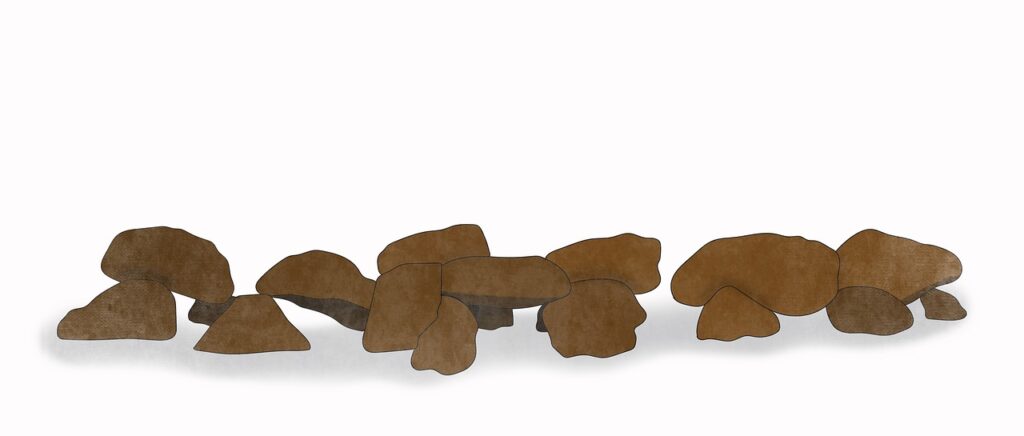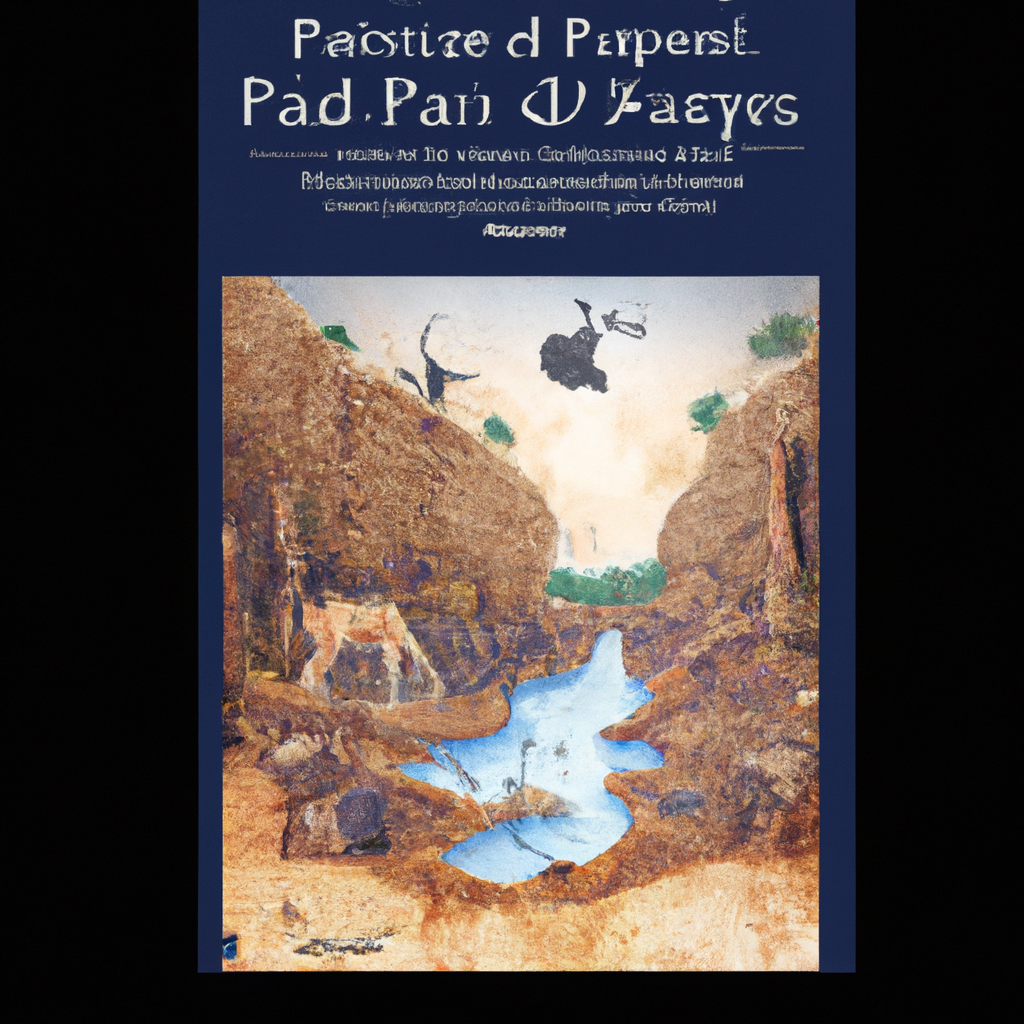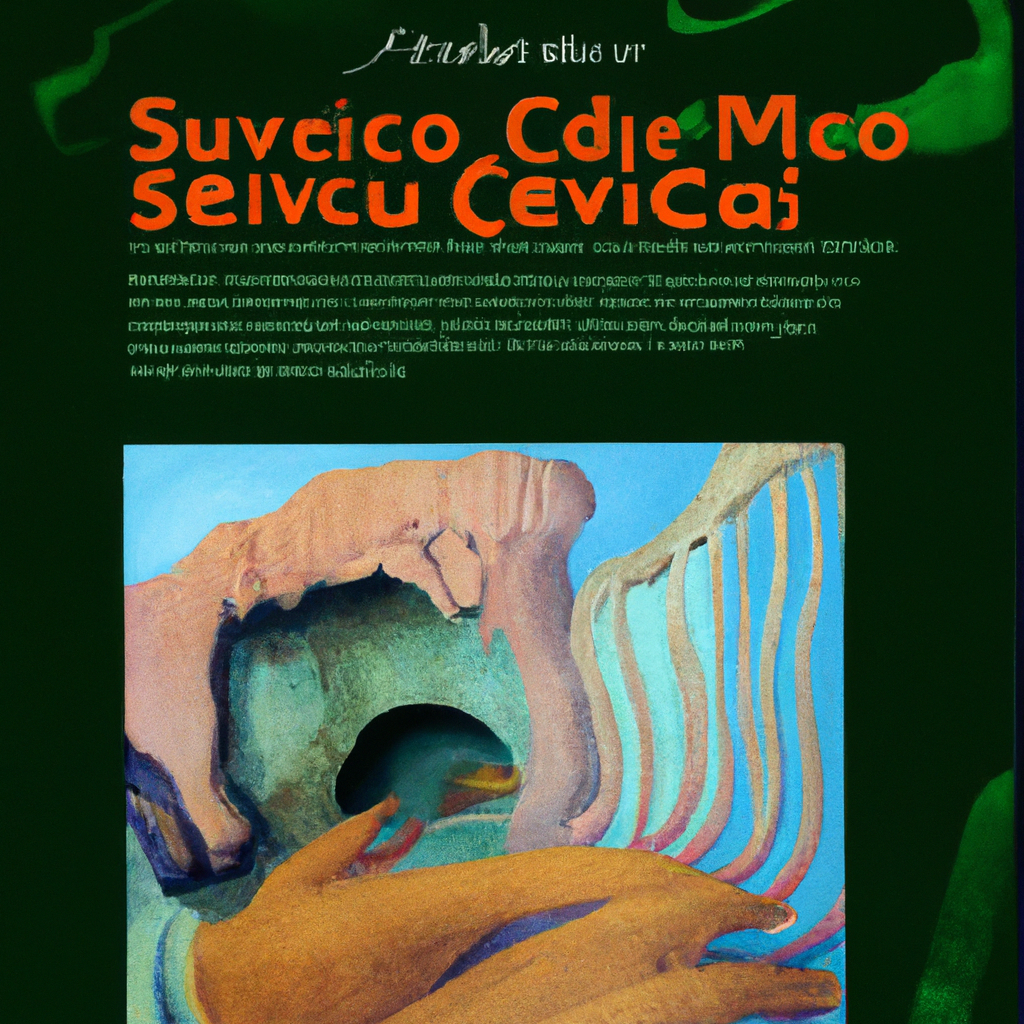Have you ever wondered about the secrets hidden within Mexico’s ancient cave paintings? These breathtaking works of art, dating back thousands of years, hold a captivating story waiting to be deciphered. By exploring the enigmatic history and mysterious origins of Mexico’s cave paintings, historians and archaeologists hope to unravel the clues that will shed light on the rich cultural heritage of this ancient civilization. Join us on a journey through time as we delve into the captivating world of Mexico’s ancient cave paintings.
Unveiling the Mysterious Origins of Mexico’s Ancient Cave Paintings
Understanding the Significance of Ancient Cave Paintings
Ancient cave paintings are an invaluable testament to the rich cultural heritage and artistic expression of ancient civilizations. These paintings, created thousands of years ago by the indigenous peoples of Mexico, offer a glimpse into their beliefs, daily lives, and connection to the natural world. They serve as a window into the past, providing us with valuable insights into the history and culture of Mexico’s ancient civilizations.
The Rich Cultural Heritage of Mexico
Mexico is a country steeped in a rich cultural heritage that spans thousands of years. From the Olmecs and Maya to the Aztecs and numerous other indigenous societies, Mexico’s ancient civilizations have left an indelible mark on the country’s history. These civilizations were known for their complex social structures, advanced agricultural practices, and impressive architectural achievements. The cave paintings found throughout Mexico are a testament to the artistic prowess and spiritual beliefs that were deeply ingrained in these ancient cultures.

Exploring the Distinctive Styles of Cave Paintings
One of the most fascinating aspects of Mexico’s ancient cave paintings is the wide range of distinctive styles that can be found throughout the country. Each region, and sometimes even each individual cave, has its own unique style and characteristics. Some caves feature highly detailed and realistic depictions of animals, humans, and supernatural beings, while others showcase more abstract and symbolic representations. The use of vibrant colors and intricate patterns adds to the allure of these ancient artworks, further emphasizing their significance.
The Geological and Environmental Factors
The location of these ancient cave paintings is not arbitrary; rather, it is deeply connected to the geological and environmental conditions of the region. Many of these caves were naturally formed in limestone or volcanic rock, providing a suitable canvas for the artists. The presence of natural pigments, such as iron oxide, allowed for the creation of colorful and long-lasting paintings. Additionally, the darkness and shelter provided by the caves played a crucial role in the preservation of these artworks, protecting them from the deteriorating effects of sunlight and weathering.

Archaeological Evidence and Discoveries
Archaeological excavations in various cave sites across Mexico have unearthed valuable evidence related to the origins and meaning of the cave paintings. Through the analysis of artifacts, such as tools used for painting and food remnants left behind by the artists, researchers have gained insights into the techniques and daily lives of the ancient painters. Furthermore, the discovery of human remains and ritualistic objects in some caves suggests that these artworks held a spiritual or ritual significance for the ancient civilizations of Mexico.
The Ancient Civilizations of Mexico
The ancient civilizations of Mexico, including the Maya, Aztecs, Zapotecs, and Mixtecs, all have a strong connection to the cave paintings found throughout the country. These civilizations flourished during different time periods and in various regions of Mexico, each leaving its own unique artistic legacy. The Maya, for example, created elaborate murals depicting religious ceremonies and mythological narratives in their palaces and temples, while the Aztecs used cave paintings to communicate their cosmic worldview and honor their deities. The diversity of ancient Mexican civilizations is reflected in the vast array of cave paintings found across the country.

Theories on the Purposes of Cave Paintings
The purposes and meanings behind Mexico’s ancient cave paintings continue to intrigue researchers and scholars. Several theories have emerged to explain their significance. Some believe that these artworks served as a means of communication, conveying important messages and narratives to the community. Others propose that they were used for religious or ritualistic purposes, functioning as a conduit between the physical and spiritual realms. Additionally, cave paintings may have served as a form of storytelling, preserving the oral traditions and histories of the ancient civilizations.
The Role of Shamanism in Cave Art
Shamanism, a spiritual practice that involves communication with the spirit world, is often closely associated with ancient cave paintings. Many believe that shamans, as mediators between the human and spiritual realms, played a pivotal role in the creation and interpretation of these artworks. It is hypothesized that the cave paintings may have been visual representations of the visions and experiences encountered during shamanic rituals. By depicting animal spirits and supernatural beings, the cave artists may have sought to harness their power and knowledge for the betterment of their communities.

The Influence of Cosmology and Astronomy
Another intriguing aspect of Mexico’s ancient cave paintings is their connection to cosmology and astronomy. The celestial bodies, such as the sun, moon, and stars, often feature prominently in these artworks, indicating the ancient civilizations’ fascination with the heavens. The alignment of certain cave paintings with astronomical events, such as solstices and equinoxes, suggests that they may have served as calendars or celestial maps. These celestial motifs highlight the deep understanding and reverence for the natural world held by Mexico’s ancient cultures.
Preservation and Protection of Ancient Cave Paintings
Preservation and protection of Mexico’s ancient cave paintings is of utmost importance to ensure that future generations can continue to appreciate and learn from these invaluable artifacts. Efforts are being made to maintain the structural stability of the caves, control humidity and temperature levels, and limit human impact on the sites. Additionally, raising awareness among local communities and visitors about the significance and fragility of these artworks is vital in fostering a sense of stewardship and respect for Mexico’s cultural heritage.
In conclusion, Mexico’s ancient cave paintings offer a captivating glimpse into the rich history and cultural heritage of the country’s ancient civilizations. Through their distinctive styles, geological context, and archaeological evidence, these artworks provide valuable insights into the beliefs, daily lives, and artistic expressions of the indigenous peoples of Mexico. Theories surrounding their purposes, the role of shamanism, and the influence of cosmology further deepen our understanding of these enigmatic paintings. By preserving and protecting these precious artworks, we can ensure that their mysterious origins continue to inspire and educate future generations.

